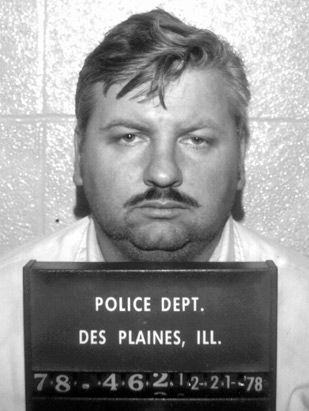Media
Most Serial Killers Hunt Close to Home
They do not travel and kill widely.
Posted July 16, 2018

A myth frequently disseminated by the news and entertainment media is that serial killers and other homicidal predators travel widely and kill over vast geographic areas. This is simply not an accurate depiction of serial murder in the real world.
The roaming, homicidal maniac such as Freddy Krueger in the cult film A Nightmare on Elm Street is an entertainment media stereotype rarely found in real life.
Among the most infamous real-life serial killers, Ted Bundy is a rare exception who traveled and killed interstate. Bundy twice escaped from police custody and committed at least 30 homicides in the states of Washington, Utah, Florida, Colorado, Oregon, Idaho and California. Articulate, educated, well-groomed, and charming, Bundy was truly atypical among serial killers in his cross-country killing rampage.
Unlike Bundy, most serial killers have very well defined geographic areas of operation. They typically have a comfort zone—that is, an area that they are intimately familiar with and where they like to stalk and kill their prey. Jack the Ripper provides the classic example of this geographic preference because he stalked and killed exclusively in the small Whitechapel district of London in the fall of 1888.
The comfort zone of a serial killer is often defined by an anchor point such as a place of residence or employment. Crime statistics reveal that serial killers are most likely to commit their first murder very close to their place of residence due to the comfort and familiarity it offers them.
The majority of serial killers will stick to a well-known hunting ground that is close to their place of residence throughout their killing careers.
John Wayne Gacy “The Killer Clown” killed and buried most of his 33 young, male victims in the crawl space beneath his house after sexually assaulting and murdering them. Serial killers sometimes return to commit murder in an area they know well from the past such as the community in which they were born and raised.
Over time, some serial murderers do extend their activities outside of their comfort zone but only after building their confidence by executing several successful murders while avoiding detection by law enforcement authorities.
As noted by the FBI in its 2005 special report on serial murder, the crime data reveal that very few serial predators actually travel interstate to kill. The few serial killers who do travel interstate to kill typically fall into one of three categories: 1) Itinerant individuals who periodically move from place to place; 2) Chronically homeless individuals who live transiently; or 3) Individuals whose job function lends itself to interstate or transnational travel such as truck drivers or those in the military service.
The major difference between the three categories of individuals who kill serially over wide geographic areas and all other serial murderers is the nature of their traveling lifestyle that provides them with many zones of comfort in which to operate. Most serial killers do not have such opportunities to travel and keep their killings close to home.
Ultimately, serial killers are creatures of habit and routine. Their routine typically includes a familiar and comfortable hunting ground.
If you are interested in this topic, I explore the public’s fascination with serial killers in my best-selling book Why We Love Serial Killers: The Curious Appeal of the World’s Most Savage Murders.
Dr. Scott Bonn is a professor of sociology and criminology, author and TV commentator. Follow him @DocBonn on Twitter and visit his website docbonn.com


